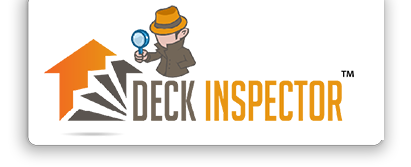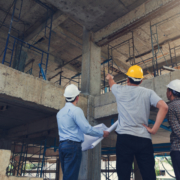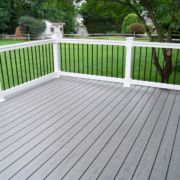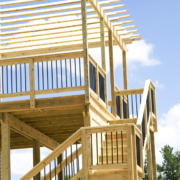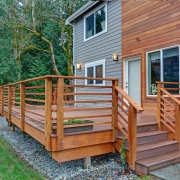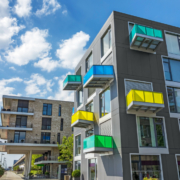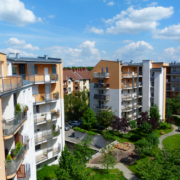Breaking Down the Balcony: What to Expect During an SB 721 Inspection
As a property owner in California, ensuring the safety and structural integrity of your building’s exterior elevated elements is paramount. The implementation of SB 721 mandates regular inspections of balconies, decks, and other elevated structures in multifamily residential buildings. Understanding what to expect during an SB 721 inspection can help property owners prepare adequately and ensure compliance with this important safety regulation.
The SB 721 Inspection Process
-
Initial Assessment and Documentation
The SB 721 inspection process begins with an initial assessment conducted by a licensed inspector or structural engineer. The inspector will review the building’s construction documents, maintenance records, and previous inspection reports. This documentation provides a comprehensive understanding of the building’s history and any prior issues that may need special attention.
The initial assessment includes visually inspecting all exterior elevated elements and identifying signs of wear and tear, water damage, and structural weaknesses. Inspectors will look for cracks, rust, rot, and any other indications of potential problems. This step is crucial in determining the structures’ overall condition and planning the inspection’s next phases.
-
Detailed Examination and Testing
After the initial assessment, the inspection moves into a more detailed examination phase. This involves closer scrutiny of critical areas, such as the connection points between the balcony or deck and the building and the support structures and railings. Inspectors use various tools and technologies to aid in their evaluation:
- Moisture Meters: To detect hidden moisture within wood or other materials that could indicate water intrusion or potential rot.
- Thermal Imaging Cameras: To identify areas with temperature variations that might suggest moisture buildup or other hidden issues.
- Borescopes: To inspect hard-to-reach areas, providing a clear view of the internal condition of structural components.
In some cases, inspectors may need to remove small sections of material to examine the underlying structure. This process, known as destructive testing, is done carefully to minimize damage while gaining essential insights into the structure’s condition.
Reporting and Follow-Up
-
Comprehensive SB 721 Inspection Report
Once the inspection is complete, the inspector will compile a comprehensive report detailing their findings. This report includes photographs, descriptions of any issues identified, and recommendations for repairs or further investigation. The report is a critical document for property owners, providing a clear roadmap for addressing safety concerns and maintaining compliance with SB 721.
The report will categorize findings based on severity, helping property owners prioritize repairs. Immediate hazards that pose a significant safety risk must be addressed promptly, while less critical issues can be scheduled for future maintenance.
-
Repair and Maintenance Recommendations
Based on the inspection report, property owners must coordinate with contractors or structural engineers to address any identified issues. Using qualified professionals familiar with SB 721 requirements is essential to ensure repairs are carried out correctly and in compliance with the law.
Regular maintenance and timely repairs are crucial in preventing minor issues from becoming major problems. By following the inspector’s recommendations, property owners can extend the lifespan of their balconies and decks, ensuring they remain safe and structurally sound for years to come.
SB 721: Ensuring Safety and Compliance
In conclusion, an SB 721 inspection is a thorough and detailed process to ensure the safety and structural integrity of exterior elevated elements in multifamily residential buildings. By understanding what to expect during an SB 721 inspection, property owners can better prepare for the process and ensure they meet all regulatory requirements. Regular inspections and proactive maintenance are essential in protecting residents and maintaining the property’s value. By embracing the SB 721 inspection process, property owners can ensure their buildings are safe, compliant, and well-maintained, providing peace of mind for themselves and their residents.
Get in contact with a professional deck inspector today by clicking here!
Deck Inspectors for Southern California is happy to offer our services in Los Angeles, Orange County as well as San Diego and all Southern California surrounding areas like: Glendale, Pasadena, Burbank, Santa Monica, Anaheim, Temecula, Vista, Escondido, Carlsbad, and El Cajon
